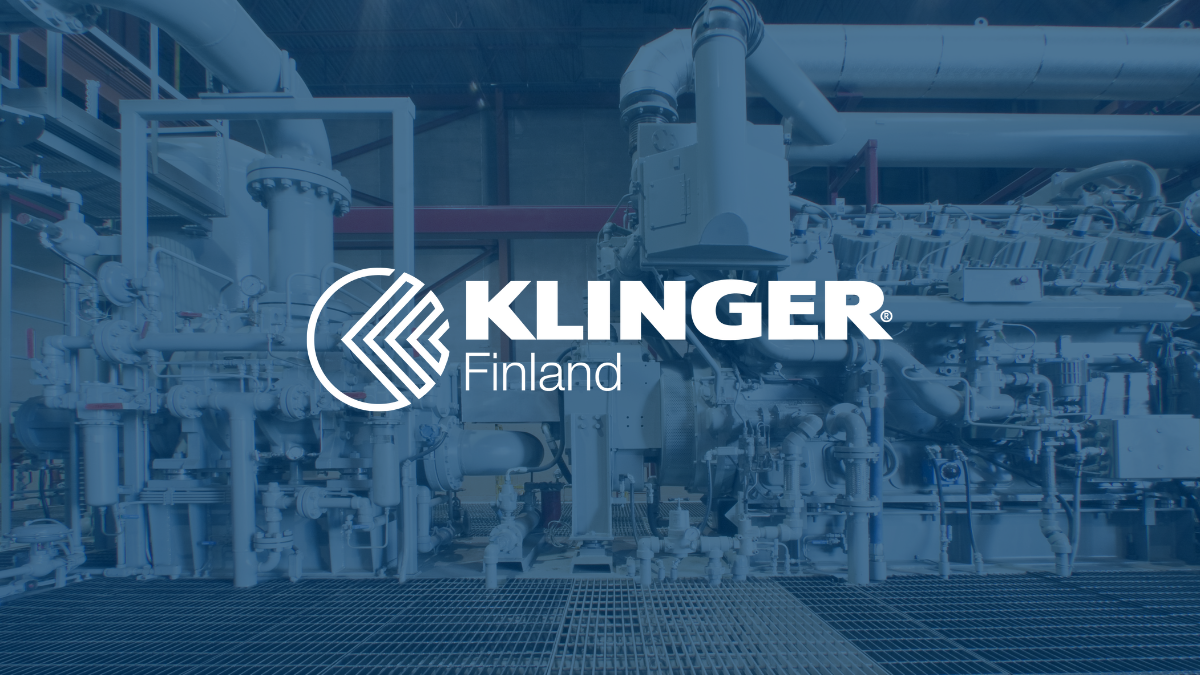Compression packing is a dynamic sealing solution designed for moving applications such as pumps, valves, and compressors. Unlike static seals, compression packing adapt to equipment movement and effectively seal rotating or turning shafts under various pressure and temperature conditions. Compression packing are also known as gland packings and packing seals.
What is compression packing and how does it differ from other seal types?
Compression packing is a flexible mechanical seal manufactured by braiding together various fibers and materials. Its structure consists of multiple layers that form a tight yet flexible construction.
Compression packing differ significantly from other seal types due to their intended use and construction. O-rings are designed for static applications, while compression packing are suitable for moving parts. Flange gaskets function between fixed connections, but compression packing seal rotating shafts.
Characteristic features of compression packing include:
- Flexible braided structure that ensures excellent conformability
- Use of impregnating agents to enhance performance and durability
- Outstanding adaptability to moving components
- High wear resistance and long service life in abrasive conditions
In what applications are compression packing used?
Compression packing are primarily used in dynamic sealing applications involving moving parts. The most common applications include centrifugal and reciprocating pumps, valves, mixers, mills, and filters.
In industrial applications, compression packing are essential in the chemical industry, oil refining, and power generation. In these environments, they withstand high temperatures, pressures, and aggressive chemicals.
Particularly in the food industry, compression packing provide hygienic sealing solutions when manufactured using food-grade materials. This is critical for ensuring product safety.
What are the key advantages and properties of compression packing?
The primary advantages of compression packing are their flexibility and adaptability to moving parts. They provide reliable sealing even in demanding conditions where static seals would fail.
Modern compression packing utilize the latest manufacturing technology and meet the strictest industrial standards. They offer excellent performance in fluid handling systems.
How to select the right compression packing for different applications?
Selecting the right sealing material depends on several critical factors. Operating temperature, pressure, and chemical compatibility are primary selection criteria.
Material options include PTFE compression packing, graphite and carbon compression packing, hybrid compression packing, and synthetic fiber compression packing. Each material is suitable for specific operating conditions.
Factors to consider in selection:
- Operating temperature range
- Pressure level and pressure variations
- Chemical compatibility with the handled medium
- Mechanical loading and friction resistance
- Hygiene and safety requirements
Expert consultation is recommended especially for demanding applications. The right choice ensures reliable operation and minimizes production downtime. Klinger offers a comprehensive range of compression packing for all industrial needs, from traditional economical options to high-quality specialized solutions.
